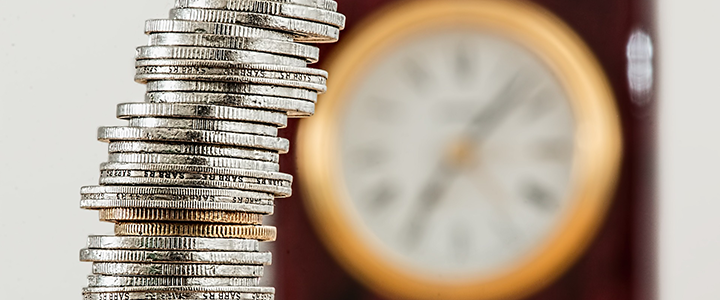Does Time or Money Play the Biggest Role in Purchase Decisions?

Price, price cuts and financing are common lead elements of advertisements and promotions. Price is one of the standard pillars of the four P’s in marketing. Product, place and promotion are the other three.
The 24/7 lifestyle of the modern era calls attention to a factor in life that impacts the effectiveness of all marketing efforts: TIME.
Before a business can win in the competition for consumer commitments to product, price or place, businesses must use promotion to convince people that spending time on their product is worth the opportunity cost of spending time doing something else. Consumers must spend time on each of the four P’s before purchase, use and post-purchase evaluation can happen. Lose willingness to spend time at any point along the path to purchase, and a sale is lost.
How fierce is the competition for consumer time? Judging by a 2019 Bureau of Labor Statistics study of how Americans used their time, on an average day the average American spent just 21 minutes engaged in purchasing consumer goods. Some days people spend no time actively buying things. On any given day, only 39.8% of Americans were engaged in purchasing consumer goods. When it was a shopping day, the average amount of time spent by Americans actively engaged in purchasing consumer goods was 53 minutes.
Somewhere between 0 minutes and 53 minutes per day, with the average being 21 minutes, is all the time Americans spend buying stuff to make their lives better. Take away the time spent buying the staples of life like food, and there isn’t much time left for everything else.
In a very real sense, the way Americans use their time makes time a bigger factor than money for many product categories. How long, in time, does it take for a potential customer to engage with your product, purchase it and get on with the rest of their 15 waking hours of life? The longer consumers are forced to engage with your business/product to make a purchase, the more competition you face for the small amount of time Americans dedicate to purchasing consumer goods.
This is why there are so many coffee shops and gas stations, even of the same brand. Convenient location reduces the time customers must spend buying goods that they perceive as generic. The further from generic and the closer a product is to contributing to a person’s achievement of self-actualization, the more time consumers are likely to be willing to spend on the path to purchase.
Until the COVID-19 threat is overcome, an added incentive to brief shopping experiences is the fact that more time equals more potential exposure to the virus. People ask themselves, “Is it worth my life to go buy that?”
Evaluate how much time it takes your average consumer to make a purchase. If you have streamlined the shopping experience, or convenience is one of your built-in business features, raise the value of time customers gain doing business with you. Time may well be more important than money, if the price differential between you and your competition is small.
Contributing Author:
Clinton Kennedy
Senior Database Marketing Analyst
